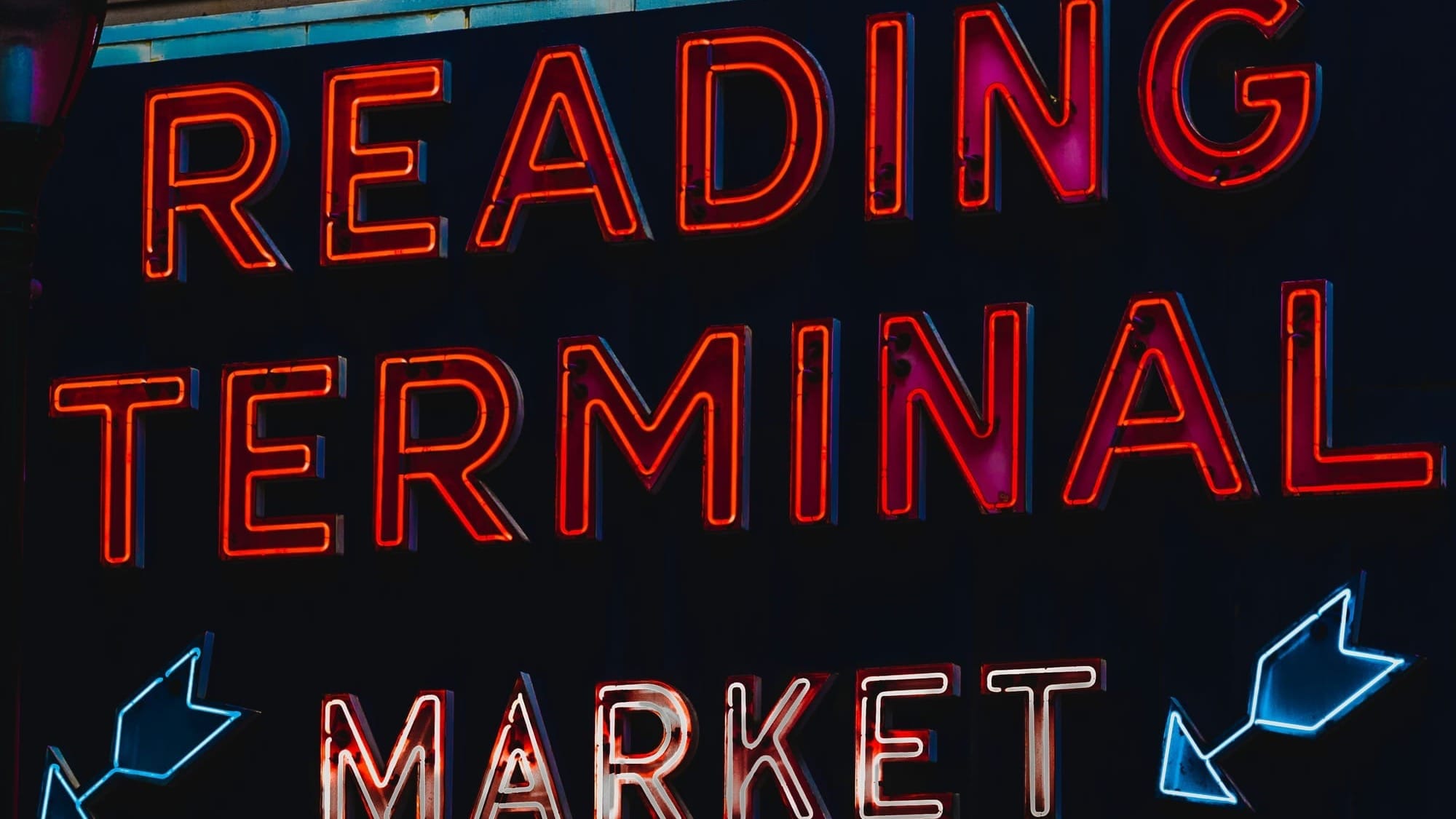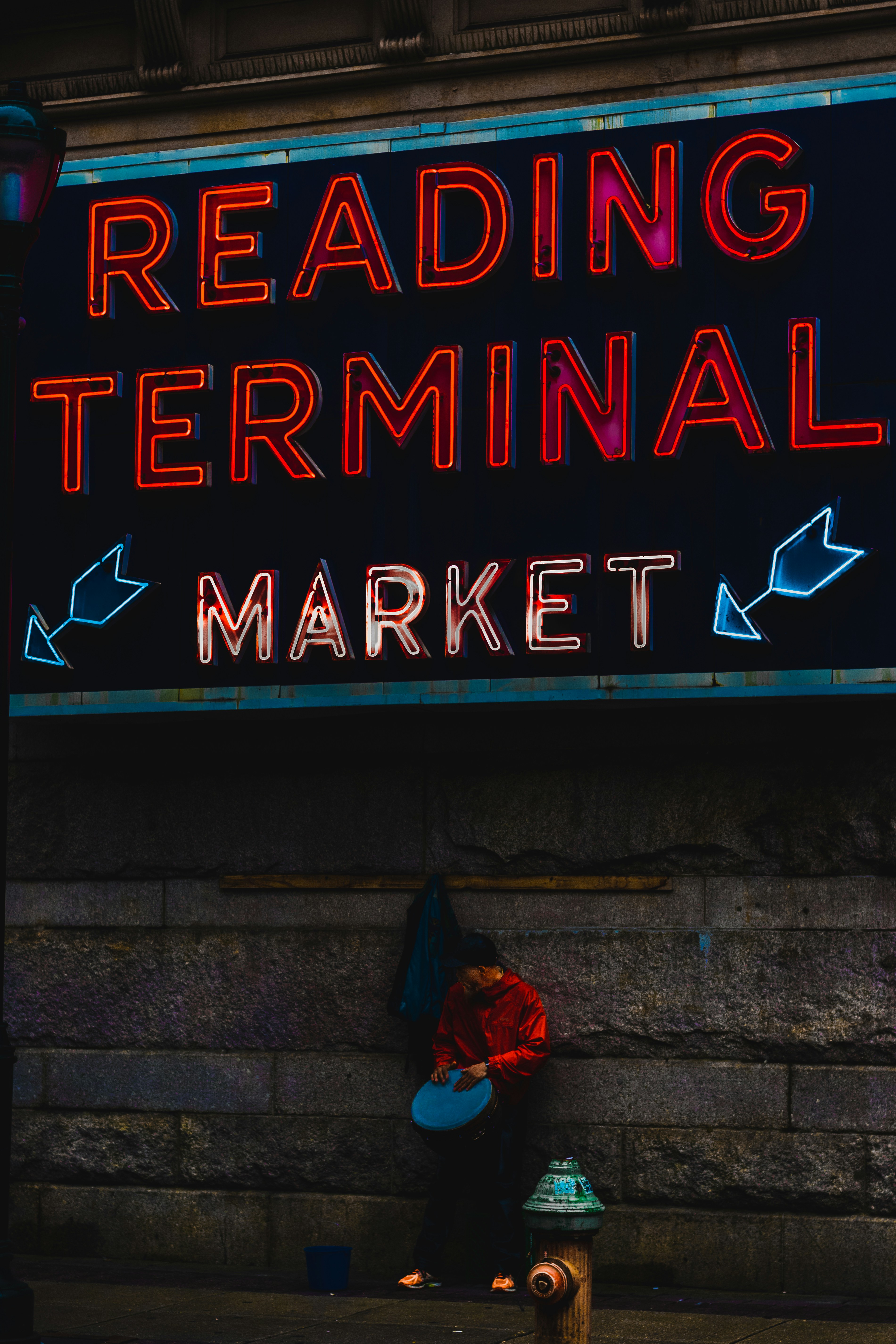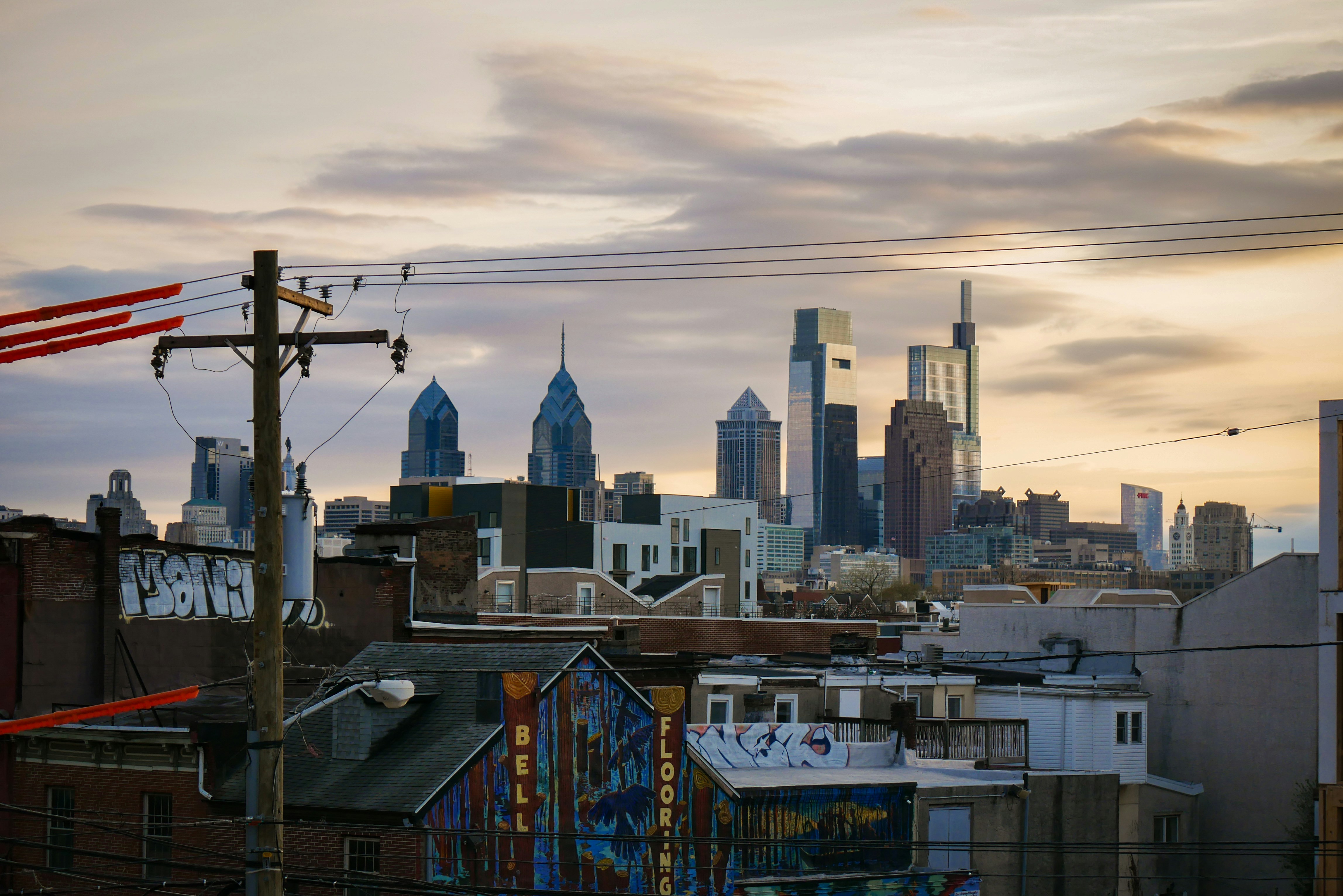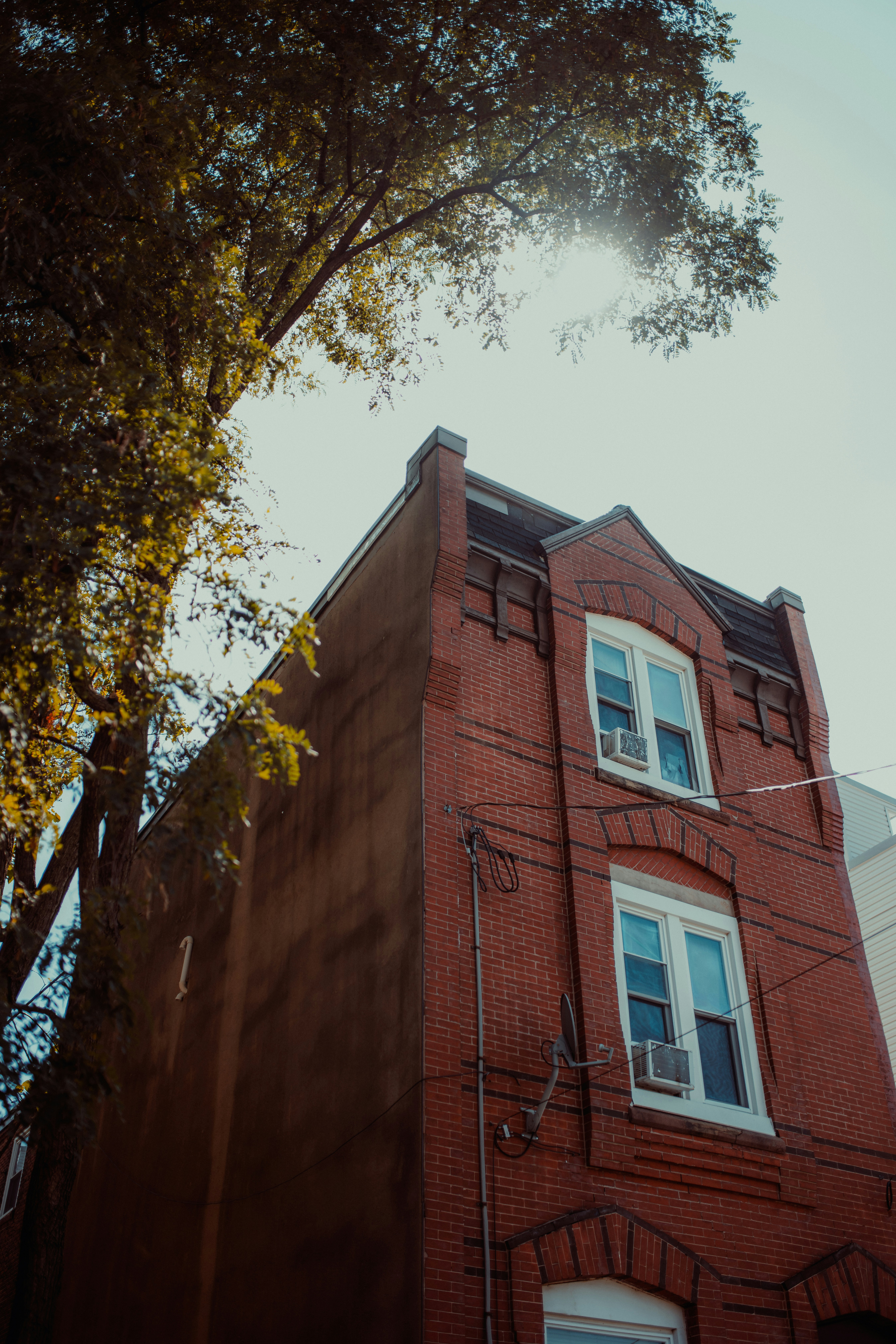Op-Ed: Who Will Sing Our Songs When We Gone?
Philadelphia has been forever changed by gentrification, but what do Black Philadelphians remember?
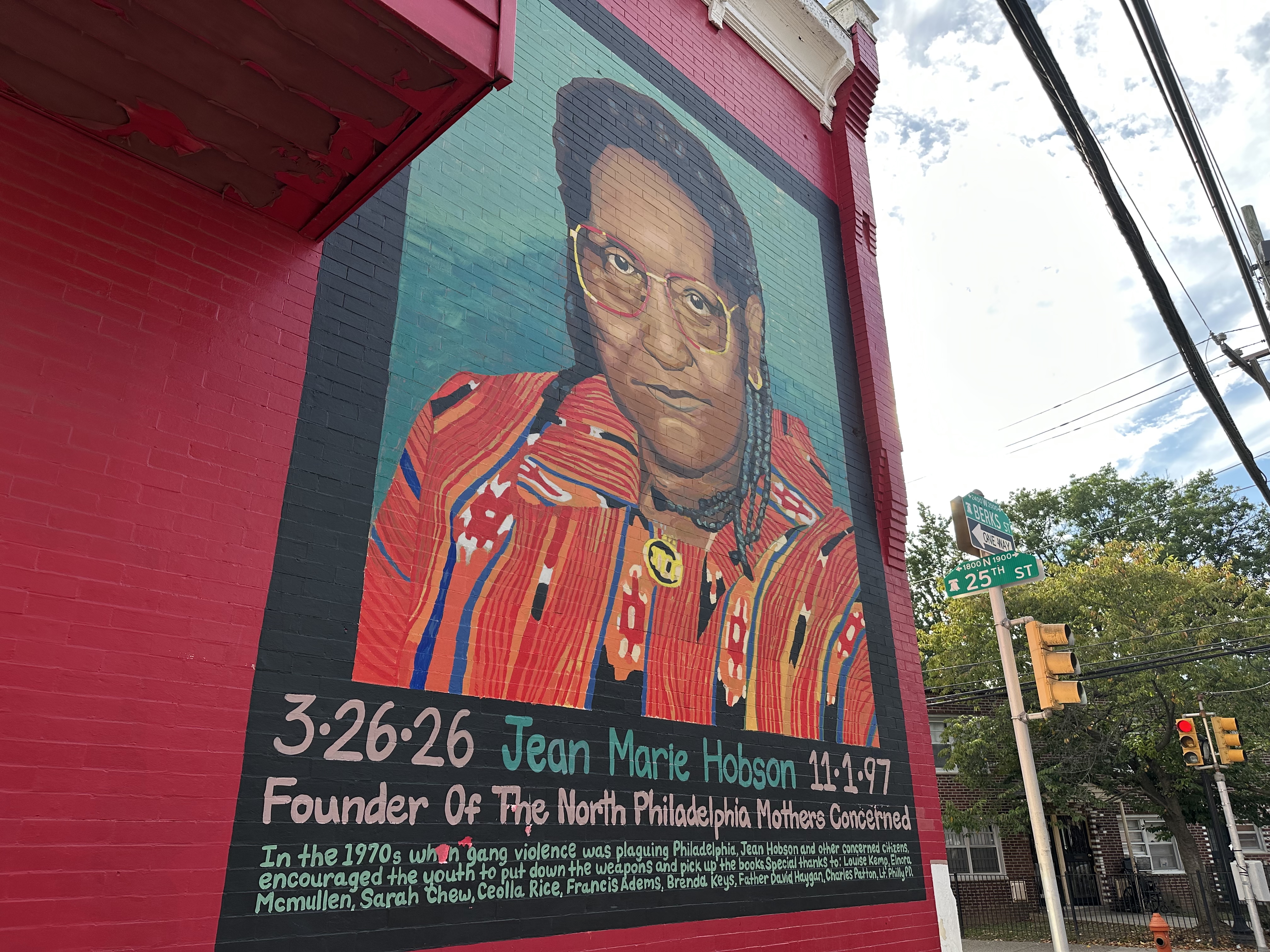
From the corner of 25th and Berks, the mural of Jean Marie Hobson looks out into the expanse of her beloved neighborhood. From her butter-pecan complexion, her beautiful plaited hair, and iconic coke-bottle glasses, she had that look typified by the Big Mamas of a certain generation. Her features were of a Black woman who didn’t take no mess, yet was kind, who could tear down in a kitchen, who only had to look at you once for you to get in line, and above all else, she looked like a woman who was loving.
As Hobson’s portrait honors her as the founder of the North Philadelphia Mothers Concerned, she’s been immortalized for leading the charge with neighbors who sought to protect their North Philly community, especially Black youth. For Greg Moody, when recalling his childhood, her mural is one of his key memories, as his former neighbor, Ms. Wicks, who once owned the home it graces.
“After school, I would go to Ms. Wicks’ house for about an hour,” Moody said. “She would make me a tuna sandwich, and I’d wait for my mother to get off work as she was a cosmetology teacher at Dobbins. I could run up and down the street and not worry about anything happening to me. I could play with my friends who lived in the projects across the street.”
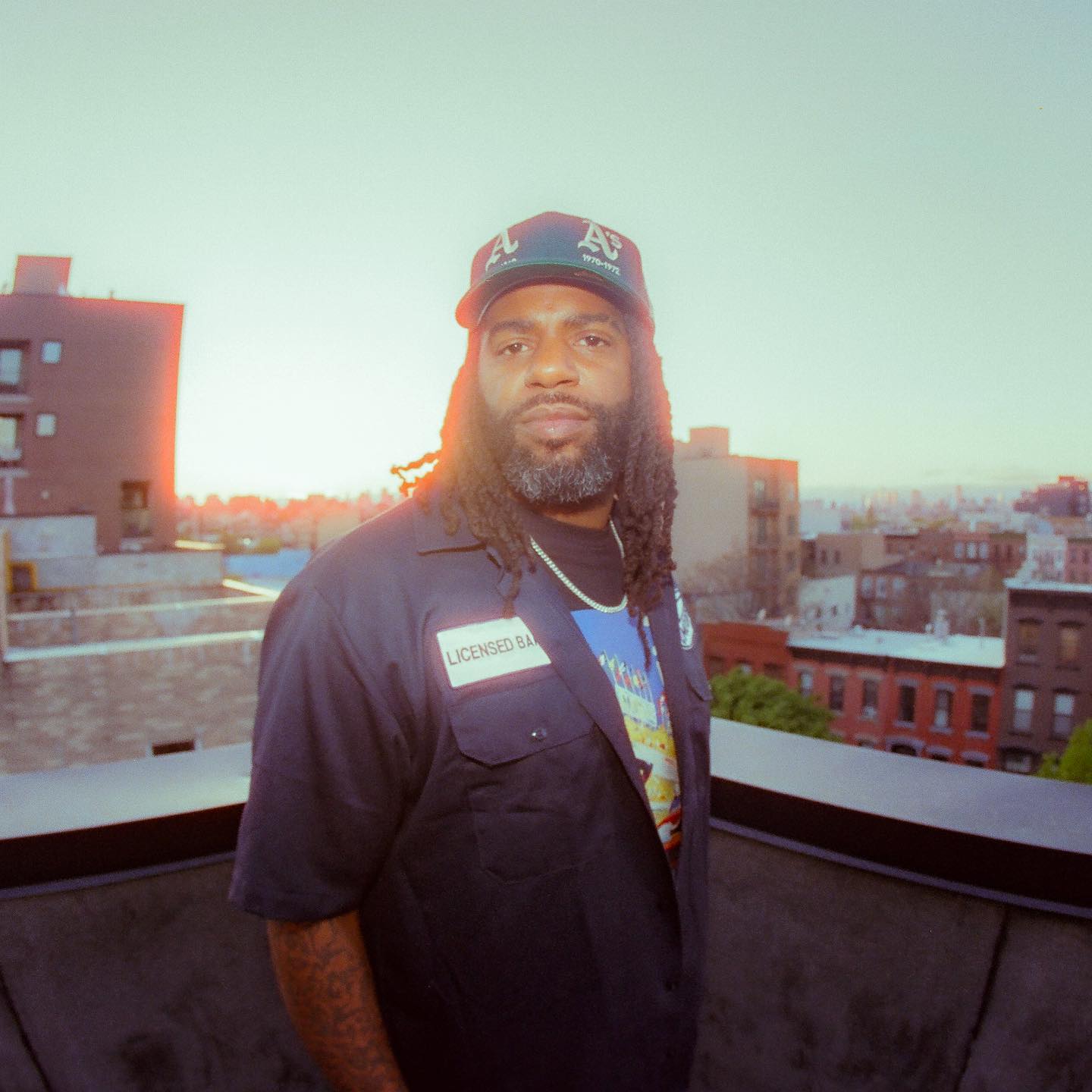
Just like the mural, Moody paints a scene where homes were not just connected by brick and mortar– whether they were the row house his parents have owned since the ’80s, or the James Weldon Johnson homes, where he played with his friends and other neighborhood kids. At the root was kinship.
Gentrification is a fancy five-syllable word that justifies historical erasure for the greater good and higher walkability scores. It’s a complicated process, taking decades to execute. It leads to change, and let’s be honest, sometimes an unfilled void for what once was.
Whether you are from “Norf” or if you’re screaming out, “West side is the best side,” in the most well-meaning planning committees, something is always lost. Perhaps that is why the power of carrying oral traditions is so important. For when the sound of double-dutch ropes gets replaced by a new bike lane, when the swish of a game-winning three is no longer heard, or the splash from the entire neighborhood taking a summer swim... When no one is outside smacking on water ice or running through the hydrants to cool off, gentrification is the teacher for when the physical is erased— the community lives on in your soul.
This block in Strawberry Mansion is one part of many pockets of this larger historical enclave in North Philadelphia, as rich in heritage, defined by the vibrant fruit that blanketed the sprawling estate that gave the neighborhood it’s name. Once the area where you’d find US District Judge William Lewis’ summer residence, by the early ’90s, it was the stomping grounds of Andre Griffin Jr, who called the area home.
Griffin, Jr. remembers growing up off 25th and Diamond affectionately.“To me, if I can describe it in any way to a movie, it was Friday. There was always still crime, we ain't gon like it wasn’t, but it really was a community in a sense,” he recalled. “The older folks would say, I’ll tell your dad, or stop that before I call your mother. There was a sense that everyone held each other accountable.”
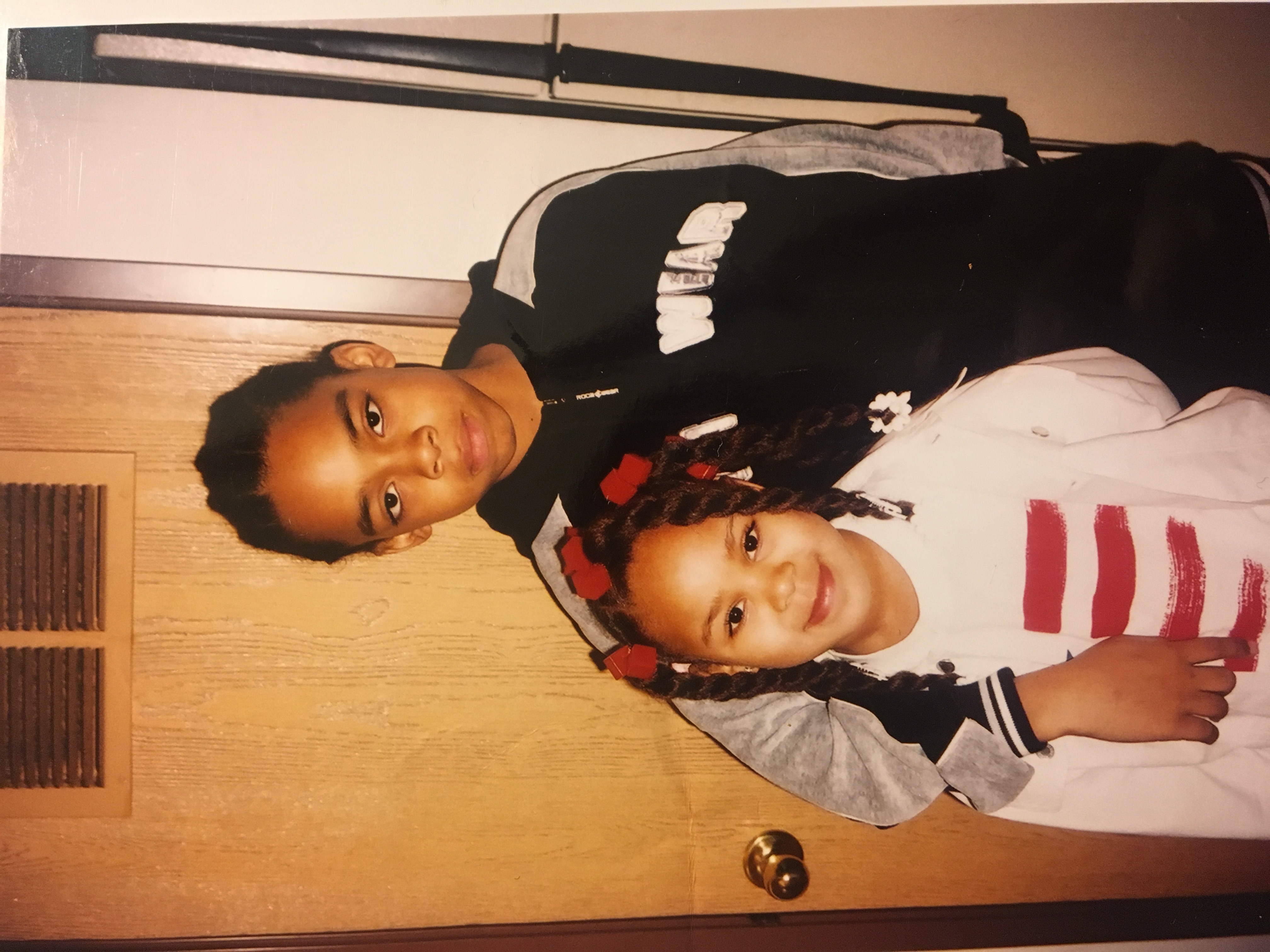
Both men are thriving professional Millennials— Moody is the owner of G Moody, a successful barbering business, and Griffin, Jr., a private chef who Enchante Hospitality, is a mover and shaker in the culinary arts space But before their success, they had upbringings in a way where the importance of communal support echoed throughout, a mirror to the time where the power of Blackness came through investing in one another. Their collective memories of North Philly highlight an inherited legacy– one that has shifted over time and, for many, exists only as a memory.
Gentrification and displacement are far from uncommon topics in Philadelphia– especially in storied Black communities. It’s the random comment made over a car ride with one’s parents. A simple finger point for what used to be there and now has been replaced. Or it’s the slow expansion and renaming of an area, suddenly, locations that even Jesus himself couldn’t have convinced ones to venture, are now vibrant.
As societal shifts, the socio-economic changes of different eras, cycles of racial progression and backlash, have amalgamated amid a post-pandemic uncertainty that still looms over City Hall— leaving many wondering where the city will land once the dust settles. From federal cuts, housing uncertainty, to the beads of perspiration that form on one's forehead over a carton of eggs in the grocery store– people are rightly concerned.
According to a March Philadelphia Works report, Philadelphia’s labor force reached a record 790,364, up 4,943 from February. Pew Charitable Trusts listed Philadelphia’s poverty rate as the lowest it’s been since 2000 at 20.3%, also noting gun violence declined by an astronomical 54%.
Even so, in a July Policy Map article, city officials wrote that “more than 9-in-10 of Philadelphia’s lowest-income renters cannot afford to pay their rent and have sufficient money left over each month to pay for other necessities.” Their analysis also showed that mortgage costs leapt up by 61 % for “typical” Philadelphia homes between 2019 and 2024.
Recent research from the National Community Reinvestment Report determined that Philadelphia is among the cities most impacted by gentrification in the U.S. Across the city’s Black neighborhoods, whether you’re a renter, homeowner or business owner, there’s a reckoning over the ways the prices of yesteryear are long gone.
There is no one more qualified to attest to this than Mr. Jake Adams, owner of the historic Philadelphia bar and music venue, New Barber’s Hall. For almost 50 years, he crafted a safe space for Black culture and camaraderie to prevail.
Not just a business owner he detailed the significance of fighting against gentrification and discrimination, mentioning how he helped lead the charge for the 1969 case Shannon v HUD, which was groundbreaking as it addressed, “HUD failed to adequately consider the effects of racial concentration as mandated by the Civil Rights Acts. Specifically, HUD's "red line" procedure, which allowed for minor revisions to urban renewal plans without public hearings or comprehensive reports on minority considerations, was deemed insufficient.”
He recounts sneaking the O’Jays into the venue to play, having the likes of Billy Paul and Patti LaBelle perform, and letting Boyz II Men practice in the venue before they were signed. This is a man who purchased the venue, formerly the nightclub, for the Philadelphia Barbers Association, because his brother wanted to own a bar. This is a man who paid the Barber’s Association directly because he couldn’t secure a mortgage through the bank. At his core, Mr. Adams has always centered community.
Now facing rising property taxes, the rising cost of living, and a business that never fully bounced back after COVID, his frustrations are valid. Even over the crash of bass and watching the emotion well up in his eyes, he speaks from a place of pragmatism.
“It’s really hard to hold on to what you have because when new buildings are put up in the neighborhood and owners get abatements, but I don’t get that as the taxes go up, and it’s not fair,” he said “I have to sell my building; over time, taxes went from $1500 to $33,000 a year. It’s impossible to stay here. The use and occupancy tax went up. I have to pay liquor tax to the city, state, and federal government before I sell one bottle of beer.”
For Carmen Johnson, whose family has lived in West Philly for multiple generations, her upbringing holds a richness that statistics can never quantify. She grew up in the Cobbs Creek community, eager to declare the West Side is the best side. Her memories included going to the park and, on a summer day, being able to walk from 60th all the way downtown.
There was access to trains, trolleys, and buses, making her community a prime location. “60th Street is a really black neighborhood, and I didn't realize how black it was until I grew up. There were the Muslims on 52nd selling oils and Hakim's Book Store,” she said, “Some areas closer to Market Street might have a few bars, but further out, it was really residential. Patti Labelle is from my neighborhood. We had snowball fights with our neighbors, and my dad still goes fishing with our neighbors. These people watched me grow up.”
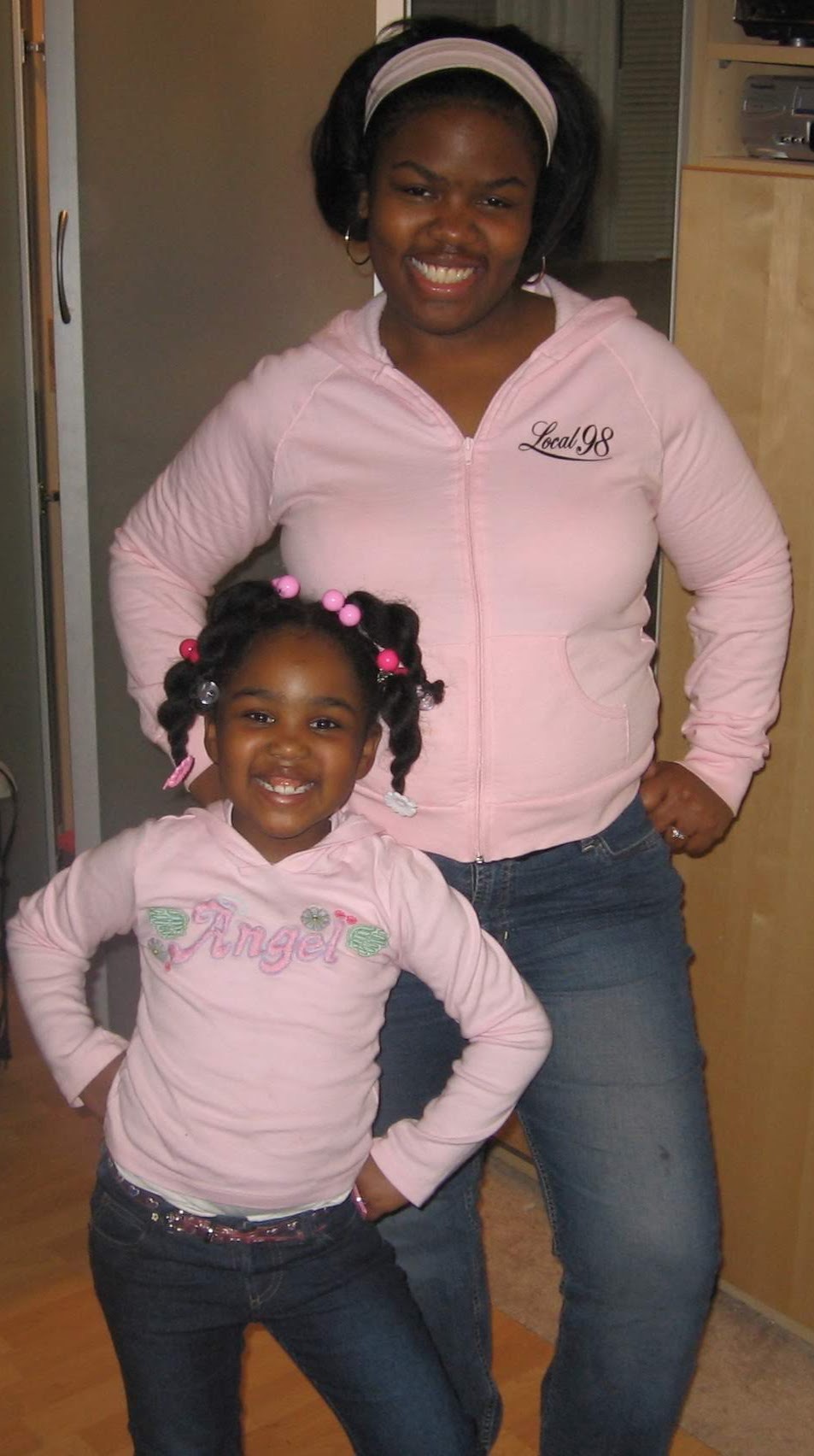
She has seen the slow effects of gentrification– like ivy spreading across a building. These are the aspects all too often forgotten for the sake of progression. Now, a grown woman serving as a teacher, Johnson said, “As a Gen Z adult, I feel like gentrification [is] one of those accepted truths.”
“We’re always inviting,” she continued, speaking to how even amid displacement, her community remains welcoming to the newcomers on the block. “Housing scarcity will always be an issue, and my thing is, who is it for— the Black kids that are already here or the White kids that are coming in?”
Such sentiments reflect the complexities of municipal planning in urban environments. While development leads to more socio-economic advancements, a lot of cultural nuances become fragmented– upheld by community members who are fortunate to remain after the effects of rising property taxes and eminent domain decrees have long been fulfilled.
Philadelphia 2035, a Philadelphia Planning Commission initiative first developed in 2010, has been touted as a comprehensive citywide vision for Philly’s future. The plans— a quarter-century in the making— speak of “improving the quality of life for the people who live, work, learn, and visit,” , the 2004 Ridge Avenue Master Plan has similar verbiage. Over the years, Griffin, Jr. has been watching the transformation happen before his eyes.
For him, it’s a bittersweet experience. “I love the new development as far as housing is coming along. What I don't like is we’re not investing in healthier food options. It’s not enough of us investing in our community. They’ll flip a house, which is great, but the money isn't coming back to us. It’s just wash- rinse- repeat. When are we going to get our own rec center for the kids or grocery stores in which we’re building it?”
In a city that hasn’t seen drastic attrition of the Black community, his questions ring true. How can there be continued autonomy for Black communities in such a swiftly changing landscape? Even when discussing the day-to-day shift with Meesha Harris-Johnson, a school counselor and Johnson’s mother– the changes are sweeping.
“My husband is an electrician,” Harris-Johnson explained. “So there’s work galore, but it’s like, [who] are they building this for?”
